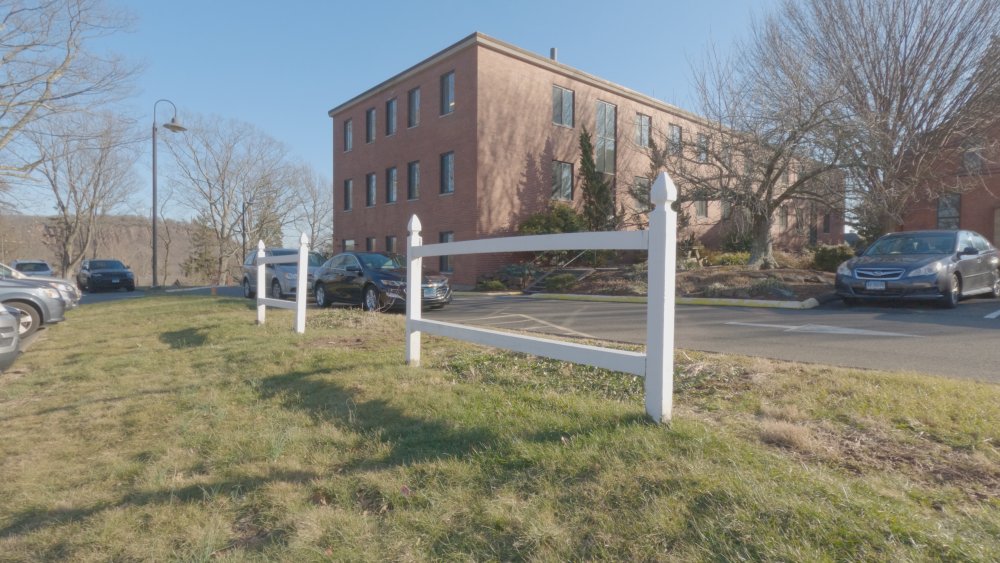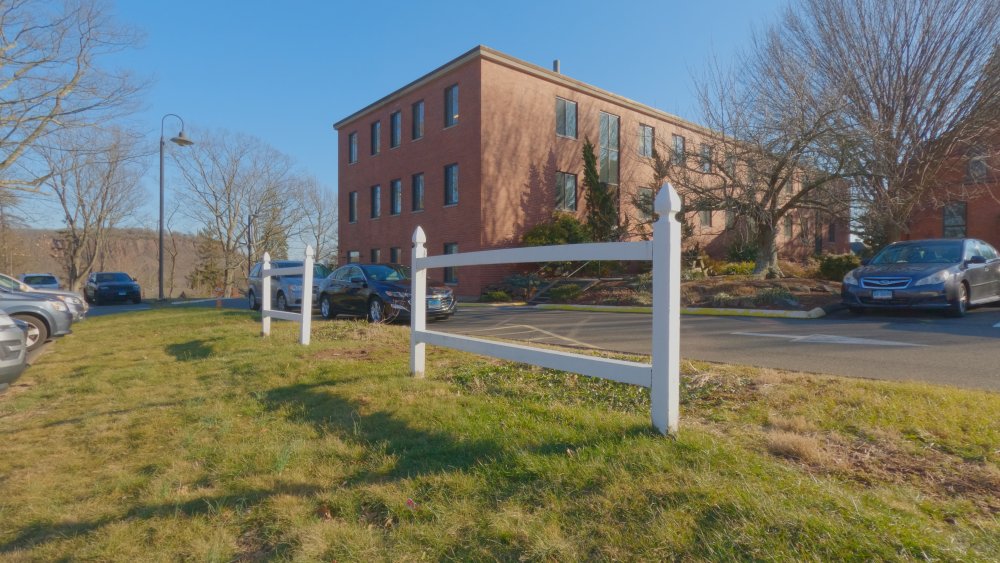
markr041
Members-
Posts
892 -
Joined
-
Last visited
Content Type
Profiles
Forums
Articles
Everything posted by markr041
-
for color: WIDE, with type 2020 But now Labs is saying the REC2020 approximation is not very good, and recommends not using it. So, maybe stick with the default (REC709). But I do find the Fuji gamma approximation to work well.
-
The GoPro Hero 11 already has the highest resolution 240 fps, at 2.7K of any camera. Almost all other cameras of any price limit 240 fps to 1080. 2.7K has twice the resolution of 1080. DaVinci Resolve Studio has a feature that enables super scaling resolutions to higher values using AI. Going from 2.7K to 4K requires a doubling of resolution. So, how does 2X superscaled 4K 240P look to get 8X slow motion? Here's a 4K test:
-
Sony has more power zooms than that: Sony FE PZ 16-35 f4 (FF), Sony E PZ 10-20 f4 (APS-C). These are newer lenses and show Sony's commitment to power zooms that are pretty much parfocal. There is also the kit lens Sony E PZ 16-50 (APS-C), which has been around a long time but had its AF performance upgraded with a firmware update last month! Note there are many more power zooms for APS-C than FF. Sony's video-oriented mirrorless camera also have power zoom rockers (Sony ZV-1, Sony ZV-E10, Sony fx3, Sony fx30).
-
Here are frame grabs of a video clip, shot in Flog REC2020 (original) and then the transformed REC709 version.
-
This guy only looked at "shadow" detail. To me the key issue is extended ability for capturing highlights, and his basically low contrast test scenes cannot test for that. LOGB=400,-128 definitely gives a flatter image than "Flat." The main advantage of LOGB=400,-128 is that it approximates a known log gamma (Fuji Flog), making it easier to grade in DaVinci Resolve, which has a transform for Flog. There is no transform or LUT for GoPro's "Flat", so one is on own's own trying to convert it to some standard like REC709 or an HDR gamma. The REC2020 color is also an approximation in the camera, but, again, it is a known color gamut that one has transforms for. GoPro "Native" is a wider gamut than REC709, but I do not know of any LUT or transform that converts it to a known standard gamut.
-
And now, REC2020 color and Fuji's Flog gamma (along with 10bit color, 180 Mbps HEVC, no noise reduction):
-
Sony RX100 VII (also mentioned): Lots of shots in this video not possible from a cell phone.
-
Seriously, people favoring phones for video? You have to be kidding. I will give you one reason phones do not hack it for video: motion. The phones have no aperture, so all exposure is controlled by shutter speed (and ISO in low light). In bright light you are shooting 24 fps at 1/500th of a second, with horrible motion. Most phones, including iPhones also have variable frame rates, which also contribute to poor depictions of motion. The small phone sensors, leaving aside the limited dynamic range, also do not enable shallow DOF shots. No, those are not necessary, but to produce a video that is interesting it is good to have a variety of shots, not all postcards. You cannot zoom either. For some reason, people were comparing the VZ-1 to a phone, and amazingly saying a phone was an equal or better. Really? Of course, not one of these pro phone posters, posted a cellphone video of their own so we could inspect the results they get. I have shot cellphone videos (even in 8K and in HDR), I have shot with some of the contenders here - the ZV-1, the ZV-10 - dedicated, compact video-centric cameras (and lots of cinema cameras too). Here is an example ZV-1 4K video: Remember, the discussion here is about vacation shooting - places and people, not narrative films (and not cat videos either). So I chose this one as it is that type of video. Note: the in-camera audio on the ZV-1 is far superior to that of any cellphone. I have demos of catalyst browse gyro stabilization from the ZV-1 that beat any phones with a gimbal. I have night videos, lots of ZV-1 examples. And cell phone ones too, if you can stand the over sharpening and bizarre motion. I have ZV-E10 videos too, for those a little more ambitious. The ZV-1 is tiny, fits in most pockets. And I find the ergonomics of shooting with it far superior to those of any cellphone, except for shooting vertical videos. If that is your favorite mode, then a cell phone wins hands down.
-
I agree on more power zooms. But is also important they be parfocal, or close to it (like many of Sony's zooms). I recall that many Panasonic zoom lenses were decidedly not parfocal (and DFD focusing did not help).
-
I do not know which is best. Here are real data (not opinions) - 8K video from the Samsung Galaxy Fold4 in bright and dim light. Handheld. My opinion: colors great; stabilization really good, over sharpened. Low-light surprisingly good.
-
We understand the gain from ettr, I am just pointing out it comes with a cost, which is reduced dynamic range. The point is that overexposing is not always the best procedure, sometimes especially in a high contrast situation because of the reduced dr. One has to experiment, and results will also vary by camera.
-
Doesn't shooting overexposed reduce the dynamic range? It used to be necessary with the older sensors because of noise (shooting Slog2 or Slog3). It is no longer recommended for the newer Sony cameras precisely because it sacrifices dynamic range.
-
R5C VR Test Footage (with Canon 5.2mm 2.8L Fisheye VR Lens)
markr041 replied to HurtinMinorKey's topic in Cameras
Shot in 8K DCI RAW. DeBayered and transformed in the Canon VR Utility and rendered in ProRes HQ 422. Edited in DaVinci Resolve Studio. -
R5C VR Test Footage (with Canon 5.2mm 2.8L Fisheye VR Lens)
markr041 replied to HurtinMinorKey's topic in Cameras
Same setting later in the gloomy day, but the VR180 video is based on 8KDCI RAW clips. DeBayered in the Canon VR Utility program to REC709. H264 8bit rendered clips merged losslessly. -
R5C VR Test Footage (with Canon 5.2mm 2.8L Fisheye VR Lens)
markr041 replied to HurtinMinorKey's topic in Cameras
Here is a test video from the Canon R5, shooting in 8K DCI All-I Clog3 and using Canon's VR Utility with its built-in Clog3 LUT. I outputted 8K H264 8bit from the utility. Clips were losslessly merged, injected with VR180 metadata, and uploaded to YouTube. It is a true 3D VR180 video, but you can only see the 3D with a suitable VR headset. Without that it is 2D but you can still look around with your mouse (PC) or by moving your phone. The video should be 4K, but it is not yet. -
R5C VR Test Footage (with Canon 5.2mm 2.8L Fisheye VR Lens)
markr041 replied to HurtinMinorKey's topic in Cameras
The Canon VR180 utilities have been revised to work with RAW video, including 8K 60P RAW. Also more render options, including high bitrate HEVC 4:4:4 for Windows computers. Now you can use other R cameras with the lens. And more. -
I really like the Sony E 16-55mm f2.8 G lens.
-
Typical response of someone who has been struck by the truth and cannot handle it. Maybe a fine videographer, just not very smart.
-
You don't get it. This is NOT about what I produce or your career it is about the value of HDR. Just watch any HDR offering from Apple TV+, or Netflix or Prime Video. Properly. It does not matter what you produce either, it is your claim that professionals don't produce for HDR that is ludicrous. And reveals more about you.
-
Sony a7 iv 4K 60p is inferior to that from the fx30: it is crop mode with oversampling from 4.2K The fx30 does 4K 60p from the full AOS-C sensor, thus 6K oversampling. 4K 120p on the a7 iv is 8 bit, that from the fx3 is 10bit. The fx30 has a power zoom rocker level on the body, a fan, and the more integrated digital audio adapter.
-
The discussion is a confused mess, with the usual tropes about 4K resolution, compression artifacts, etc. Almost nothing on the key advantage of HDR - extended dynamic range with 10bit color. That advantage can be seen at 480 bps or FullHD or 4K. It can be seen on most high-end phones, on m1 MacBook Pros and on most new TVs even at most-common internet bitrates. Arguing for limited dynamic range is really stupid.
-
HDR is great! Rec709 has very limited dynamic range. HDR gives you the dynamic range that these newer sensors with log gammas can capture. What is the point of having 14 stops of dynamic range if you can only see 5-6 stops? Most newer TVs are capable of displaying HDR video, most top-end cell phones do so as well (on OLED screens!). Anyone who does not have a device that can display HDR video is simply using old or cheap equipment. If you are serious about video, you need to step up (and it is not expensive). And many of not all of original serials or movies produced by Prime Video, Netflix or AppleTV+ are HDR. Anyone who claims they do not know anyone professionally shooting film or video who delivers in HDR is just telling us he or she is in the second, third, or fourth tier of professionals. Which is an odd place for snobs to inhabit. Producing HDR video is hard, but it is worth it.







